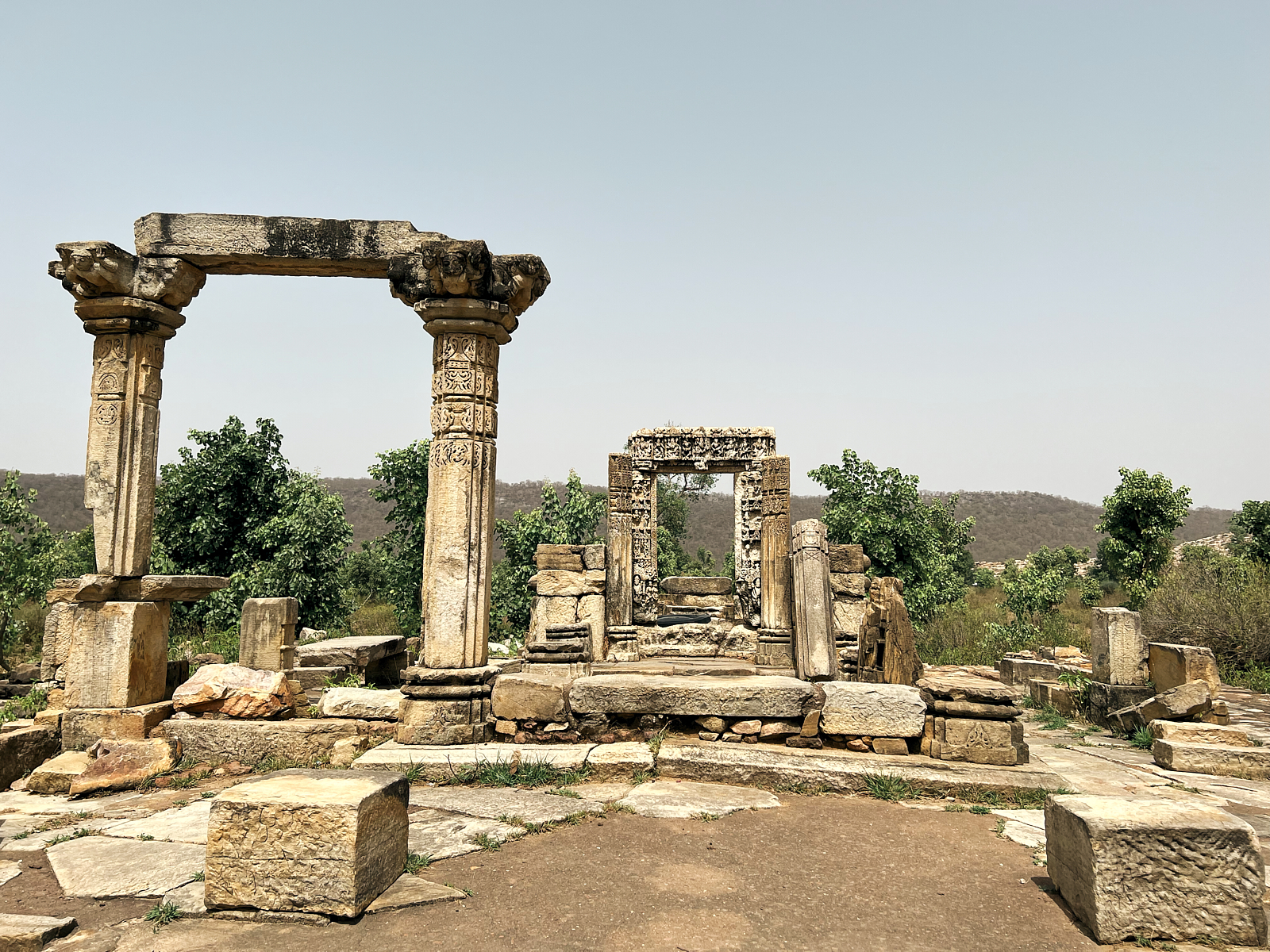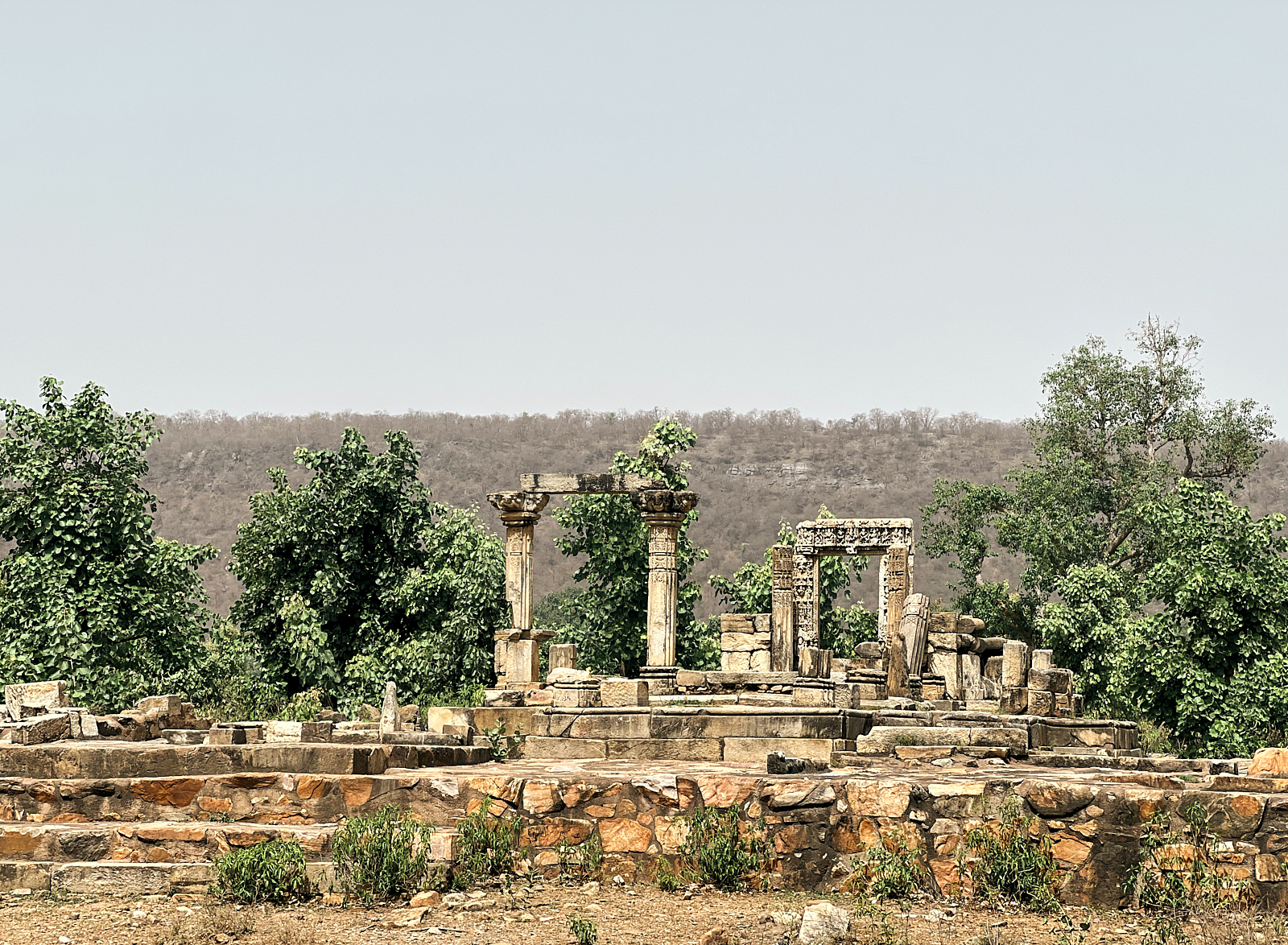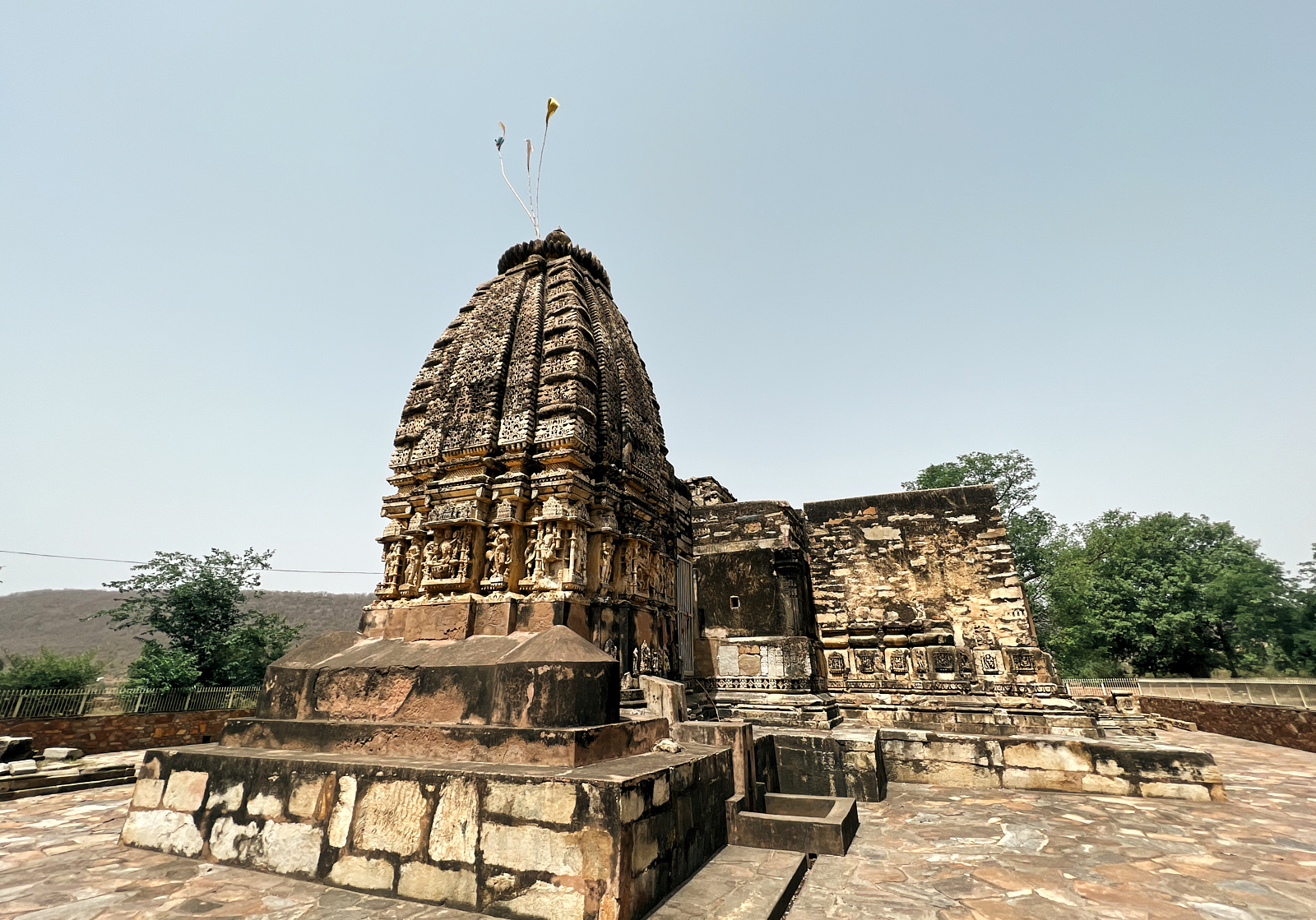I am still in the middle of a prolonged writing slump, so once again, instead of something meaty and substantial, here are some pictures from a recent trip to the Sariska Tiger Reserve. A trip that had its fair share of drama even before it started. Originally, Shashanka, his wife and I had planned to do this over the long Easter break, but unfortunately, COVID interfered during that time and we had postpone.
April would have been a tad cooler, which meant there might have been more wildlife out and about rather than hiding in the deep shade of the jungle as was the case now. But it is what it is and we take what we get.
Sariska has a bit of a torrid recent history. Until the early 2000s, it was one of India’s most population dense tiger reserves, but rampant poaching aided by poor security meant the entire tiger population had been wiped out. In 2008, a couple of tigers from the neighbouring Ranthambore National Park were relocated, in hopes of reviving the population. A couple of more relocations happened in 2009. These efforts have slowly borne fruit and now there are about 21 tigers in the reserve. The park is also home to more than 100 leopards, but they are more elusive than the tigers, and you’d be hard pressed to spot them!
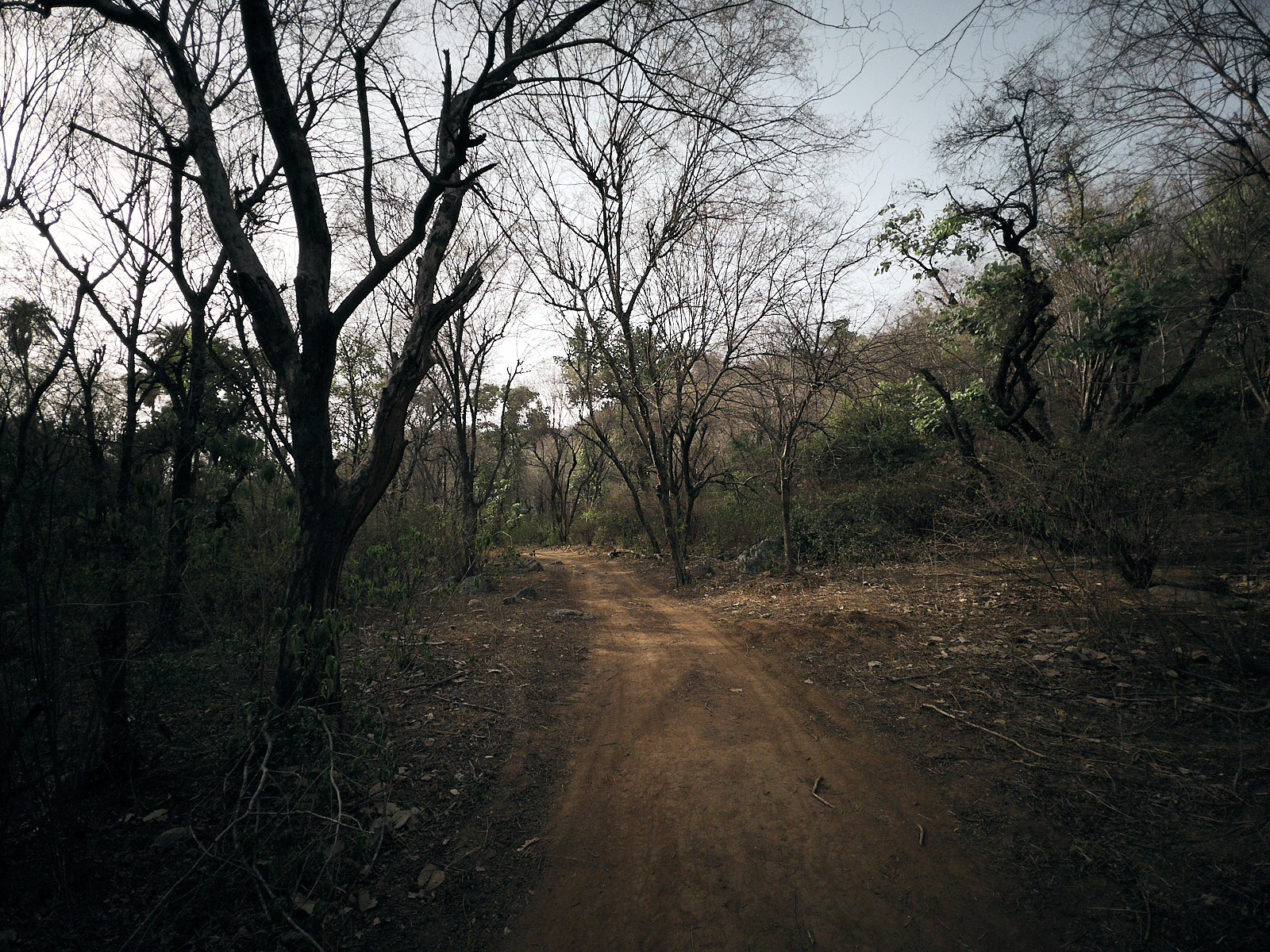
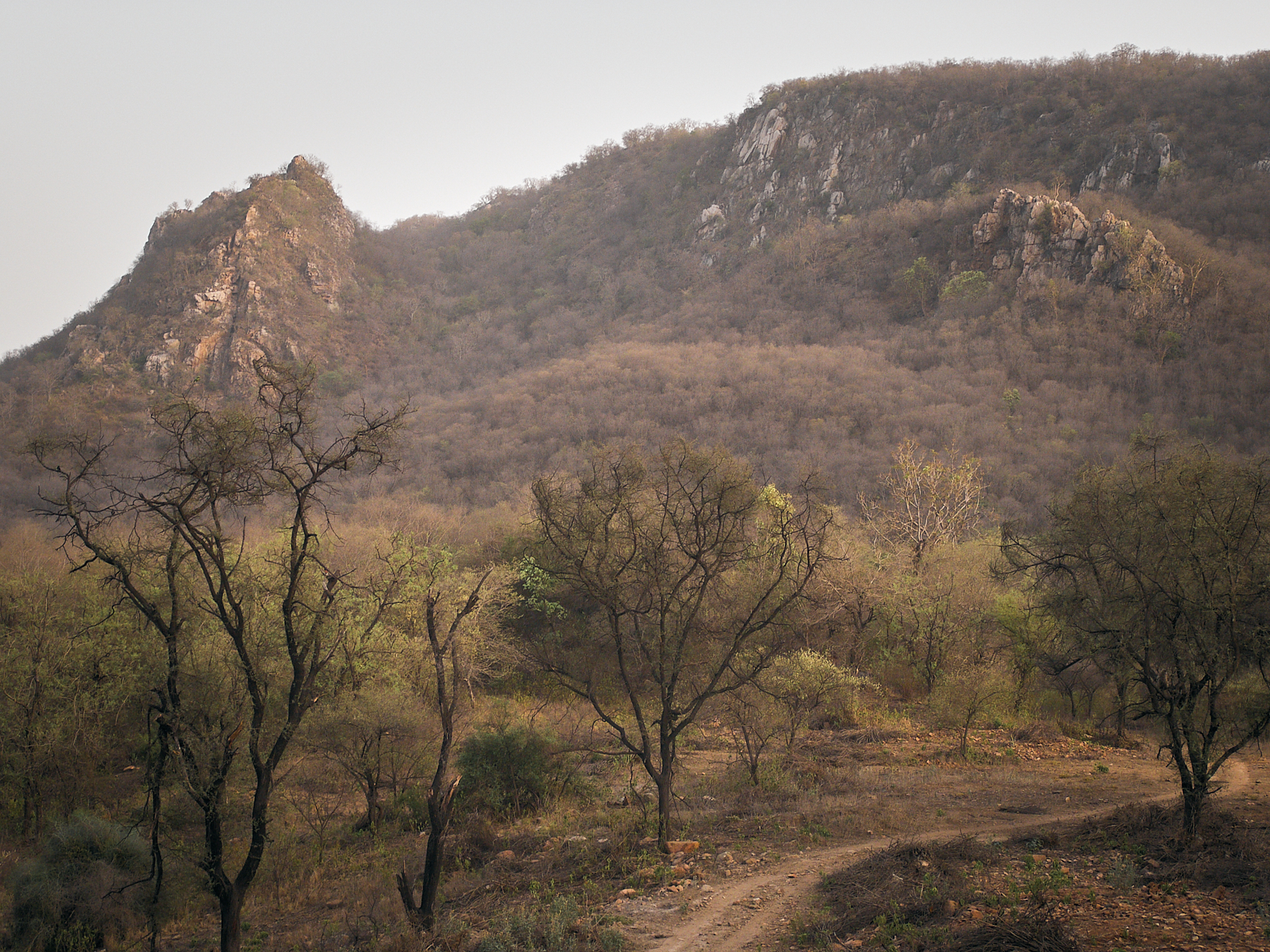
Of course, tigers and leopards aren’t the only interesting wildlife around. Sariska also has a fair diversity in its avian population.
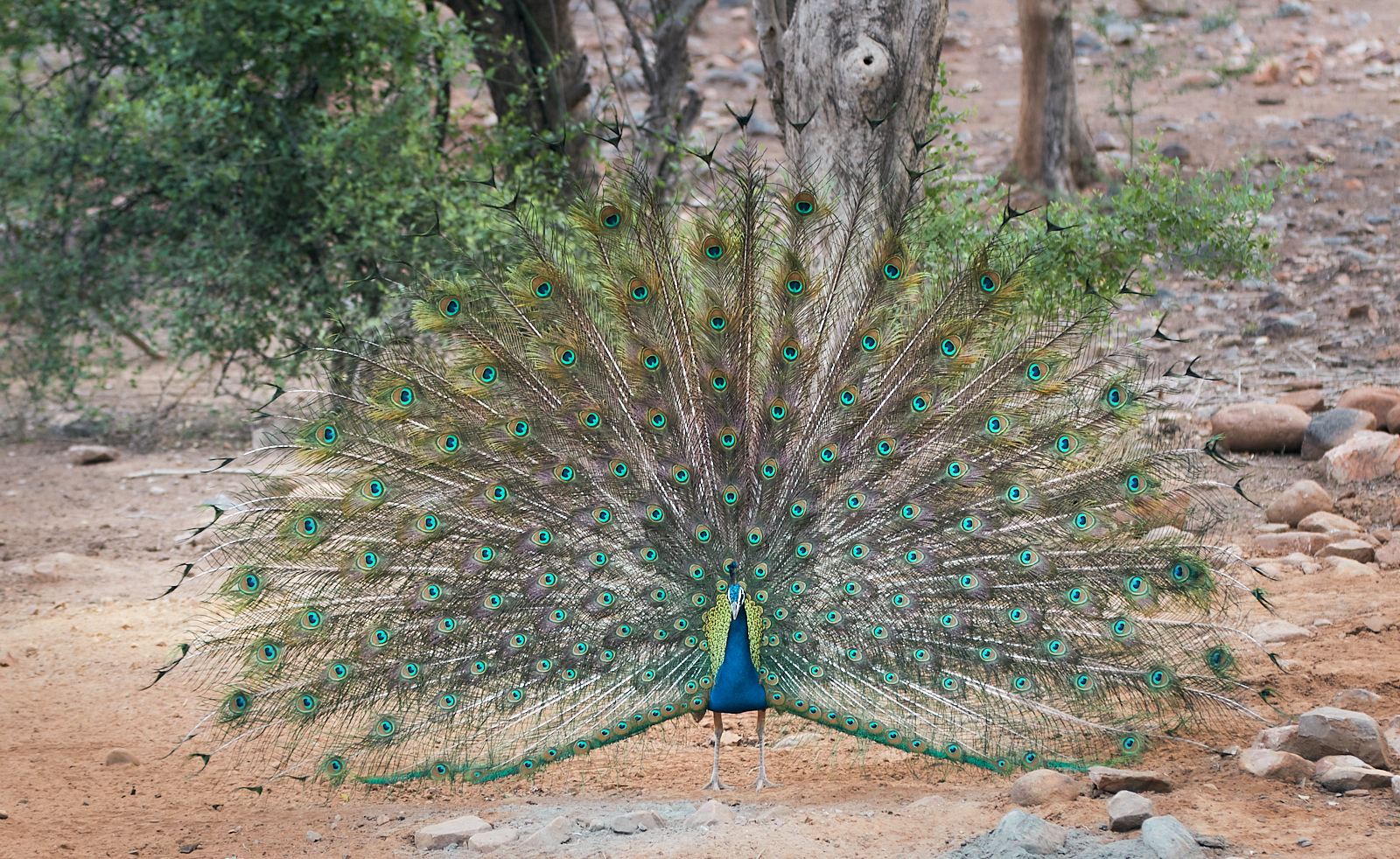
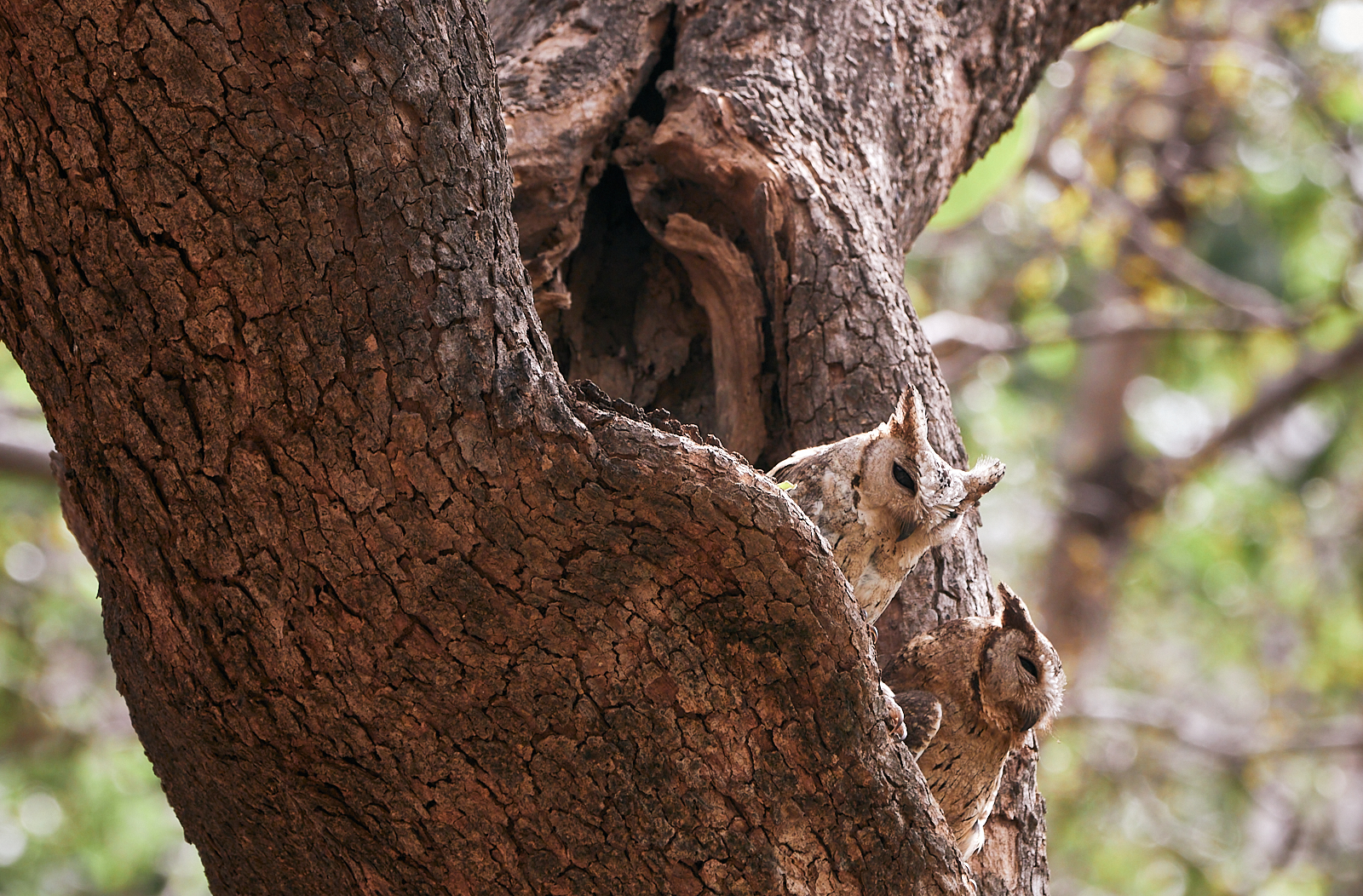
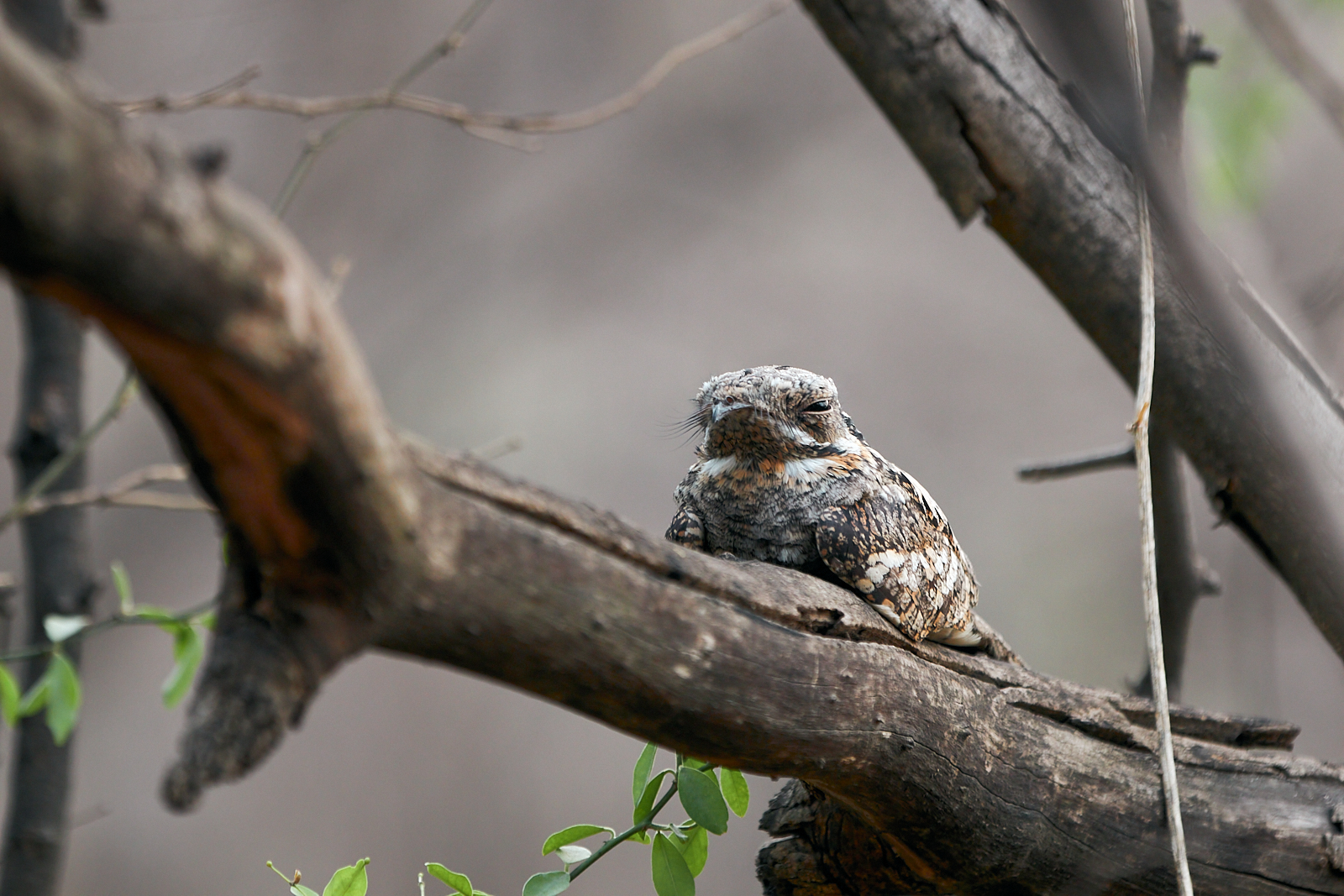
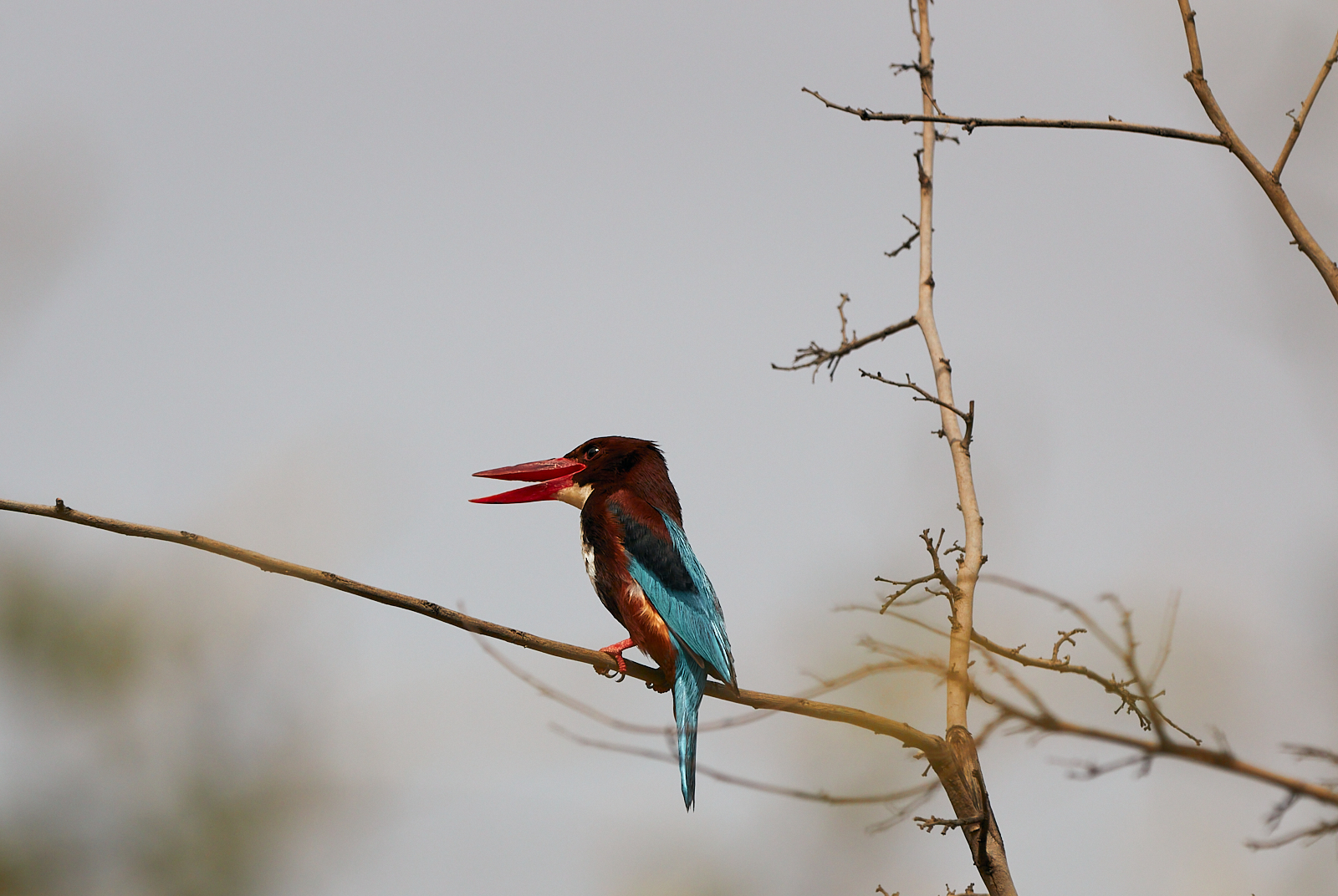
Forests are never short of drama, and one morning by the large watering hole, we found this Painted Stork and Crocodile perilously close together. All of us had our money on a Crocodile ambush, but it turned out that a hunt was not on its cards and it simply ambled past after a couple of minutes.
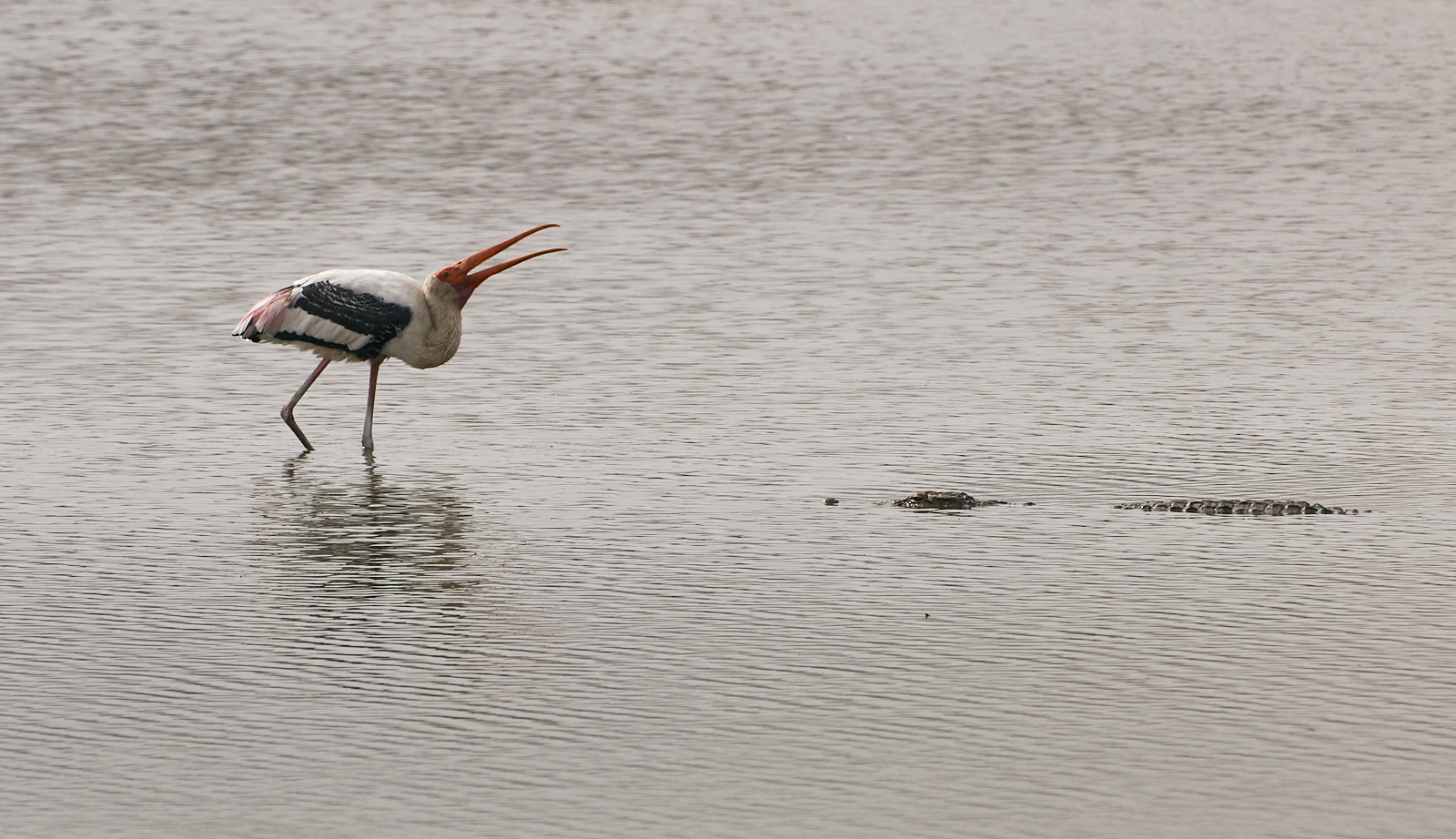
Our first day and a half of wandering about, we didn’t find any signs of a tiger, but on the second day in the afternoon, there was a lot of chatter among the forest guards and rangers that the dominant female of the Baghani area was out and about. We waited and waited, almost gave up twice, but in the end our patience was rewarded when the tiger named ST-3 decided a drink and some rest was in order. ST-3 has a storied history; she’s a daughter of perhaps India’s most famous tigress, T-16 (Machhli), and was the third tiger to be relocated here. For an older tiger, she seems in great shape.
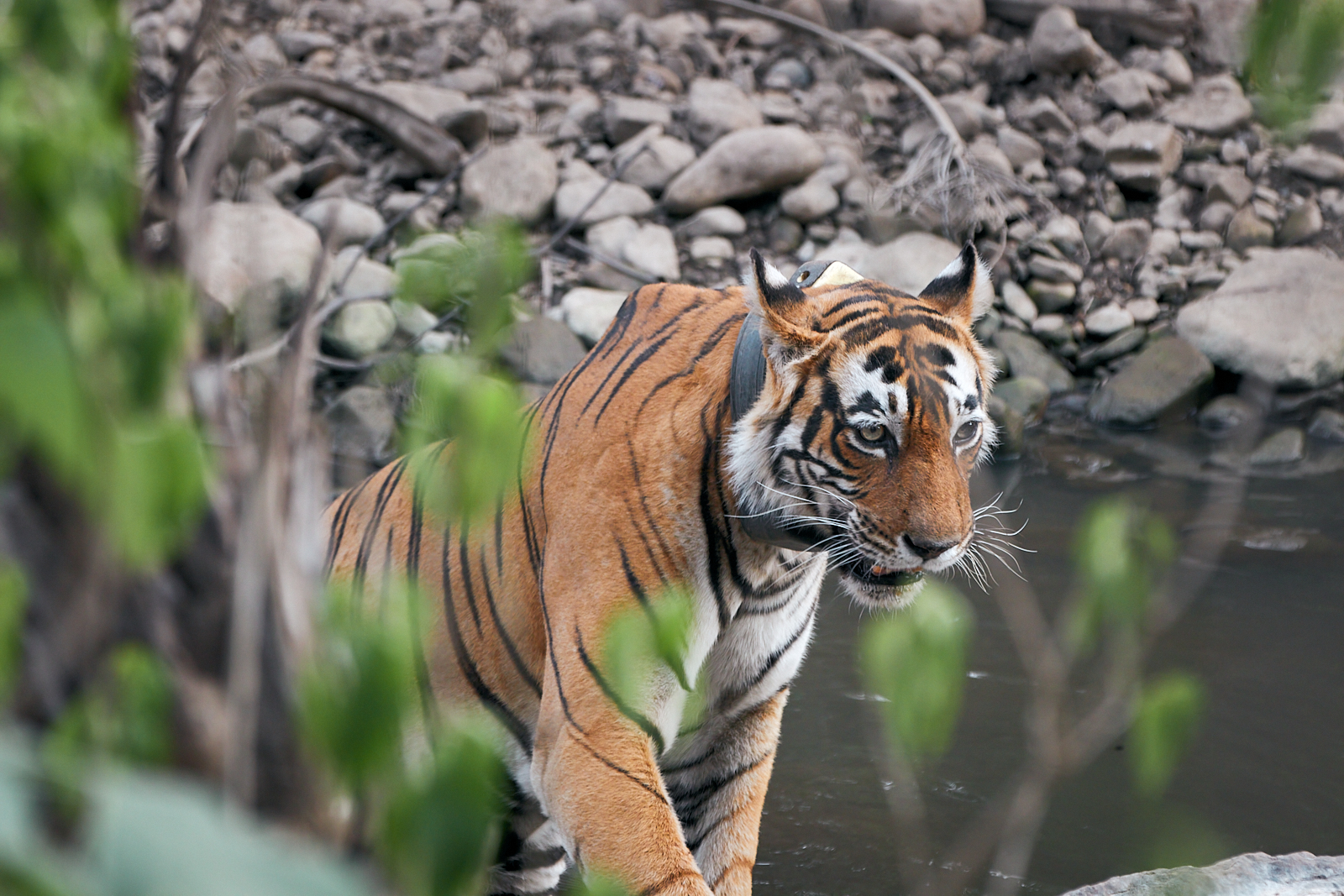
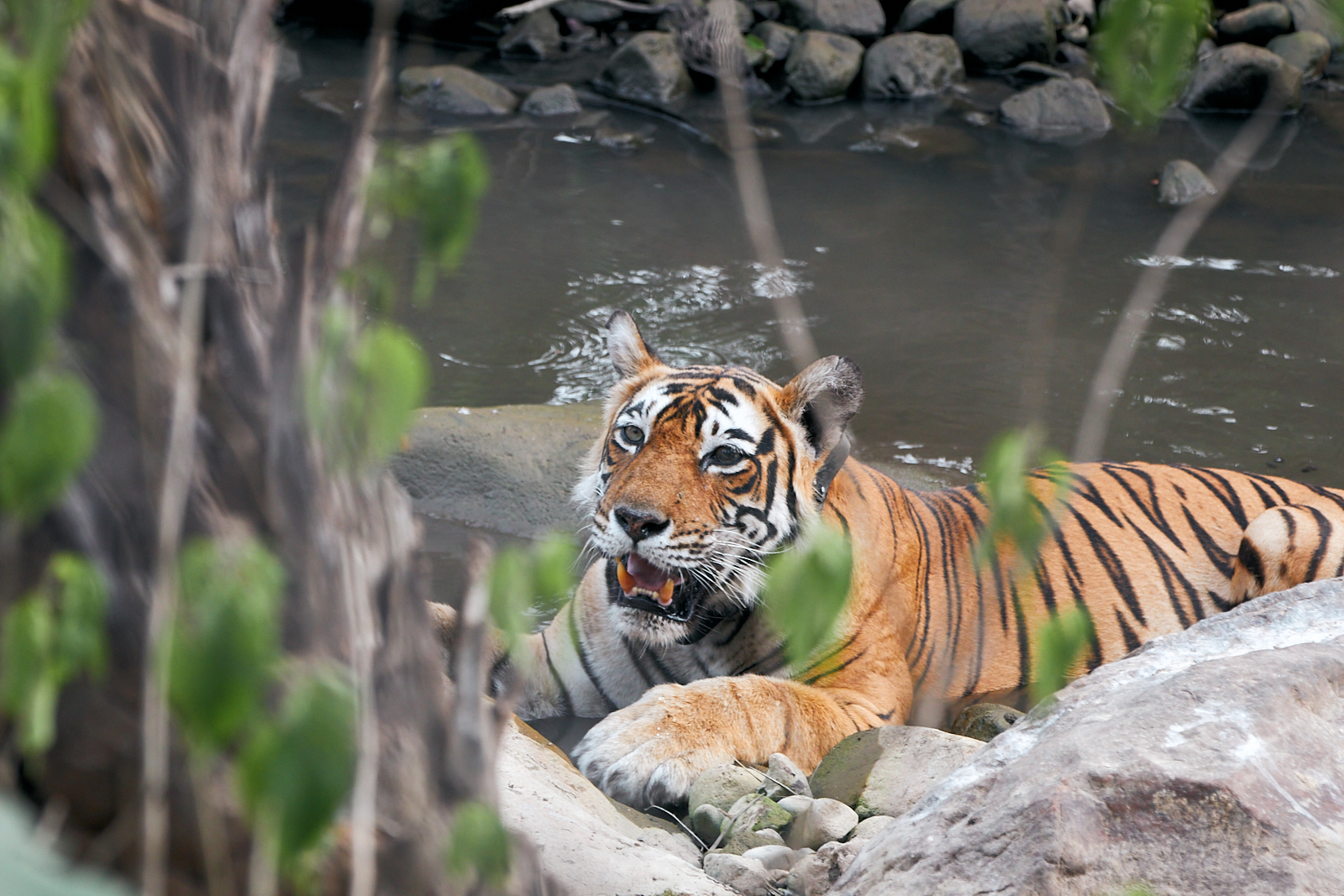
On the final morning, we went in search of another tiger that had been spotted near a smaller watering hole, but despite an hour of waiting, he didn’t turn up. But still there was some entertainment, when a peacock decided to play power games with a bunch of bees who were none too happy to be trampled on. The Langurs, on the other hand were uncharacteristically demure, possibly because they had better memory recall of what the bees can do.
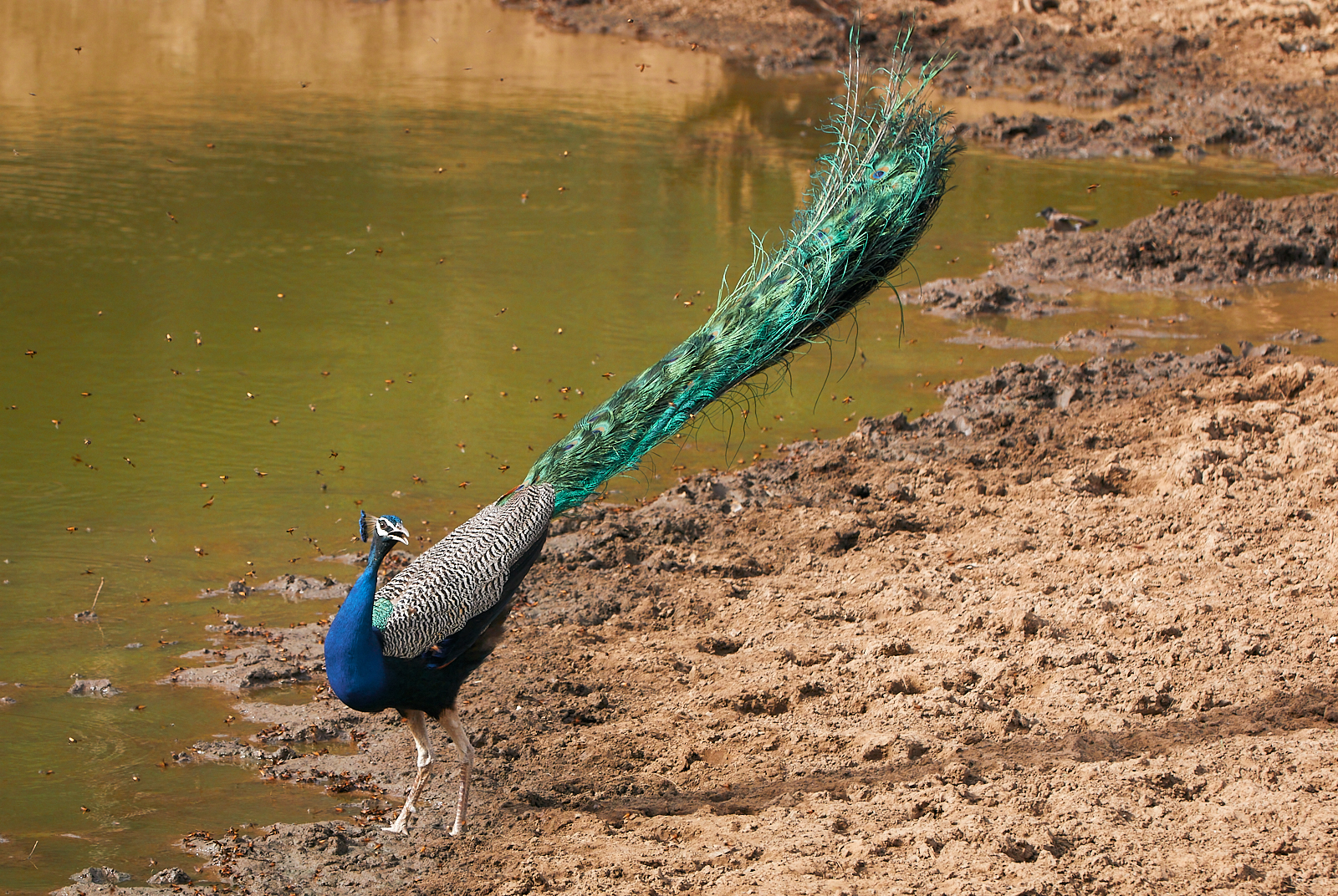
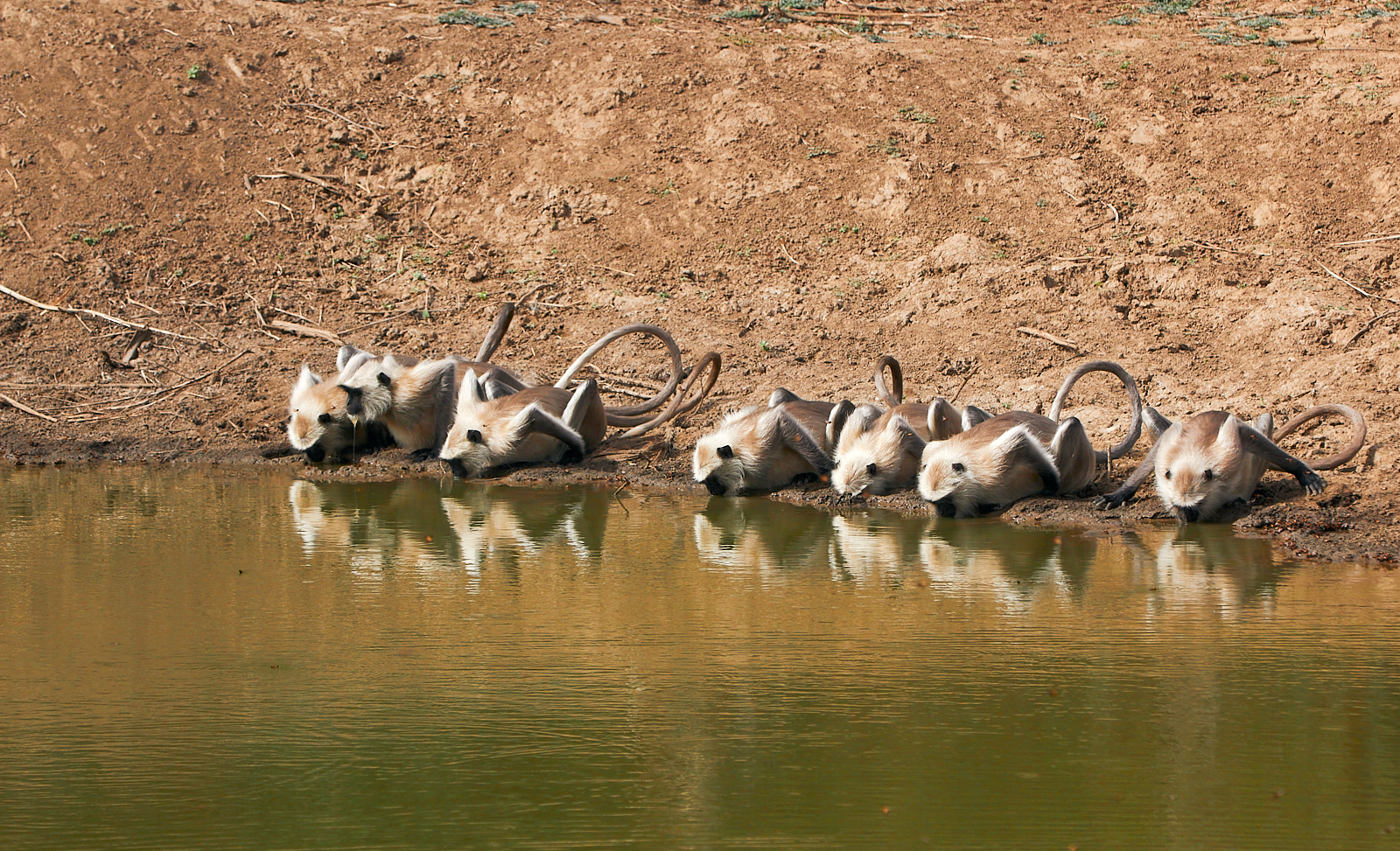
We rounded off the trip by visiting the grounds of the ancient Neelkanth Temple, built sometime in the 8th century AD and dedicated to the god Shiva, though it also has a large statue of a Jain monk. From a distance, with the columns arranged they way they were the ruins felt like Athens, rather than anything from India!
